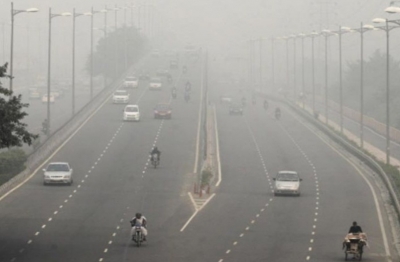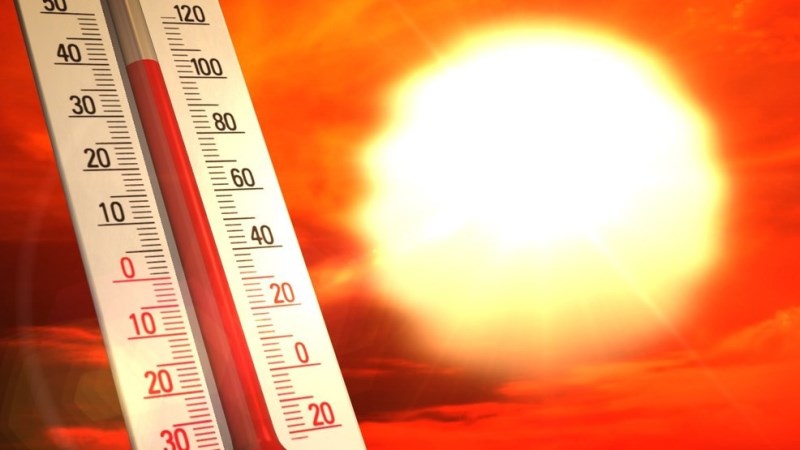Ahmedabad’s PM2.5 concentration is 2.7 times higher than WHO level

Gandhinagar, Oct 23 : The real-time Air Quality Index Dashboard says that the Particulate Matter 2.5 (PM2.5) concentration is 41 in Ahmedabad city, 2.7 times above the recommended limit set by the World Health Organisation’s 24-hour air quality guidelines.
According to the Dashboard, air quality is poor, especially in city areas such as Bodakdev, Ghuma, Kathwada, Maninagar, Rakhial and Shahibaug, whereas the SAC-ISRO road, Gyaspur, Chandkheda and the SVPI airport are in the moderate air quality category.
Just a month ago, the 2020-21 report of the Comptroller and Auditor General (CAG) which was tabled in the state assembly, concluded that air quality has deteriorated from 2011-12 to 2018-19 with the concentration of two major pollutants, PM2.5 and PM10, having increased significantly in the state.
The report recorded that the PM10 concentration ranged from 117 to 233 microgram/cubic per meter against the standard norm of 100. The CAG was dissatisfied with the Gujarat Pollution Control Board (GPCB) for not installing enough air monitoring equipment. There are 112 monitoring stations.
The report noted that the GPCB is run with inadequate staff and infrastructure, the government has abolished 223 posts. As on March 2021 the sanctioned strength was 503, against which 105 posts were vacant since 2008. Even in industrial areas the GPCB is not strictly monitoring the Ambient Air Quality.
Air quality in the urban areas was compromised for many reasons — bad or haphazard urban planning, lack of mass transportation to cater to the increasing population in the urban areas, construction work, debris disposal issues, said environmentalist Mahesh Pandya.
Citing examples of poor urban planning, he said there are 1400 BRTS/AMTS buses to meet the requirements of the 75 lakh population in Ahmedabad. Earlier to address the needs of the 15 lakh population there were 900 buses, now to promote the metro rail and divert commuters from buses to the metro rail, fresh bus procurement has stopped.
Not only that, the BRTS covers the entire city, but its dedicated corridor adds to the air pollution because it has narrowed the roads for other vehicles, which has led to a high retention period of vehicles on the roads, Pandya said.
The road construction is of poor quality because of which dust keeps flying in the air. Earlier there were a good number of trees, which used to absorb air pollution, but with the increasing concrete jungle the number of trees in the urban areas is decreasing.
The CAG has suggested that the GPCB must evolve administrative departments for regulating emissions from infrastructure activities, highway construction, hot mix plants. Slow action in the disposal of solid waste, brick kilns, stone crushers, sawmills are sources of fugitive emission and need to be regulated.
It has also suggested that it should frame a policy for greening of highways and ensure its compliance by the implementing agencies.






